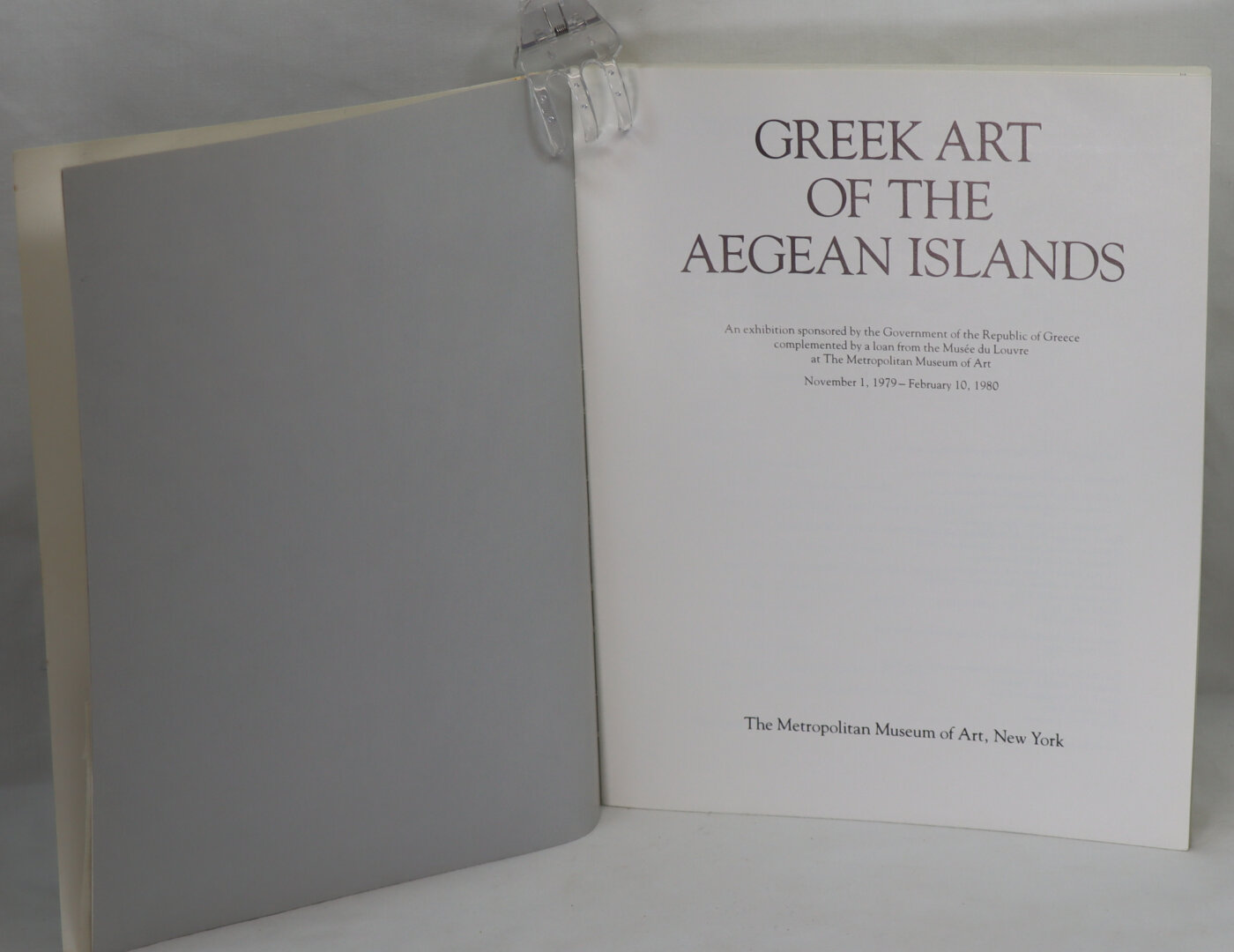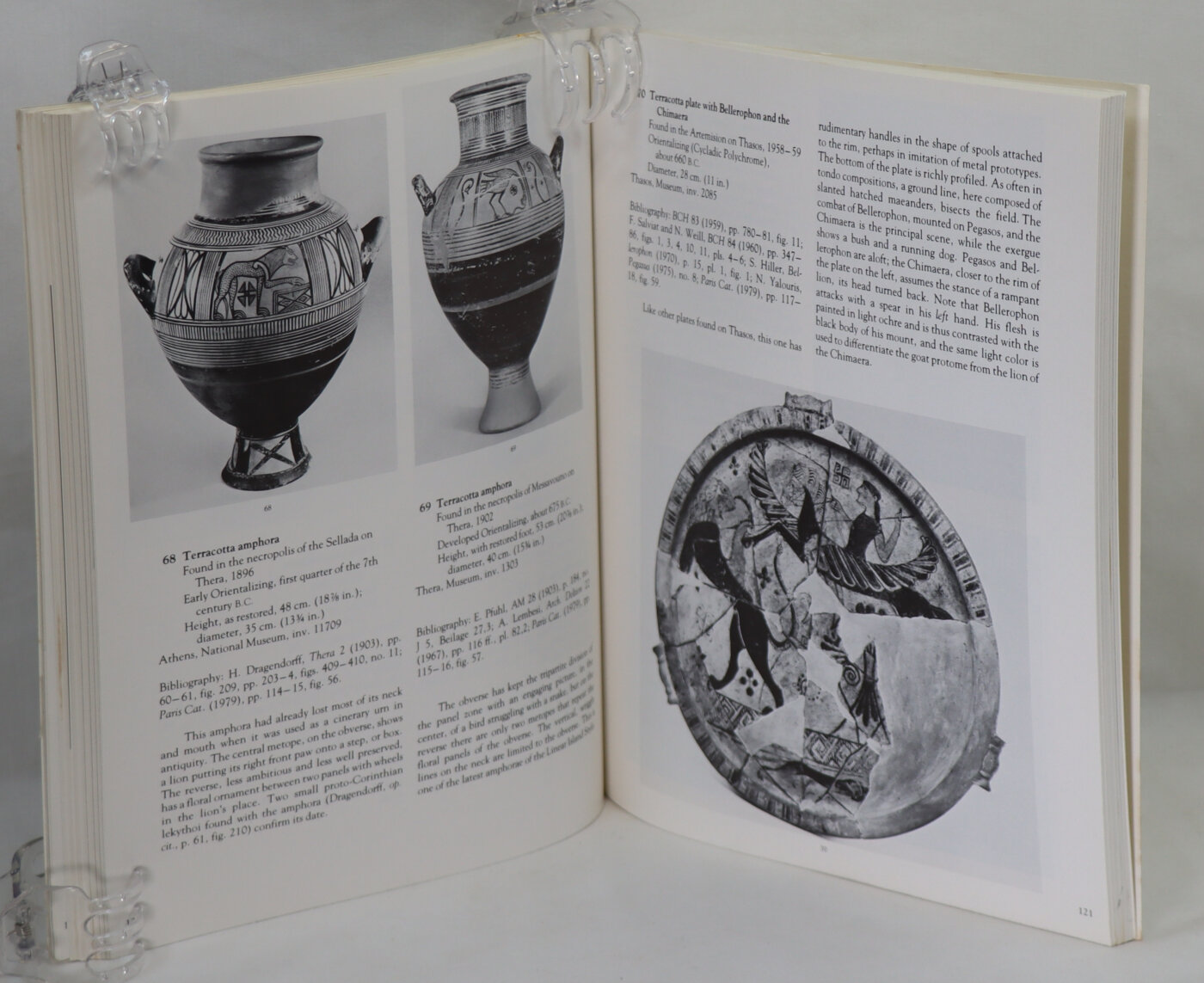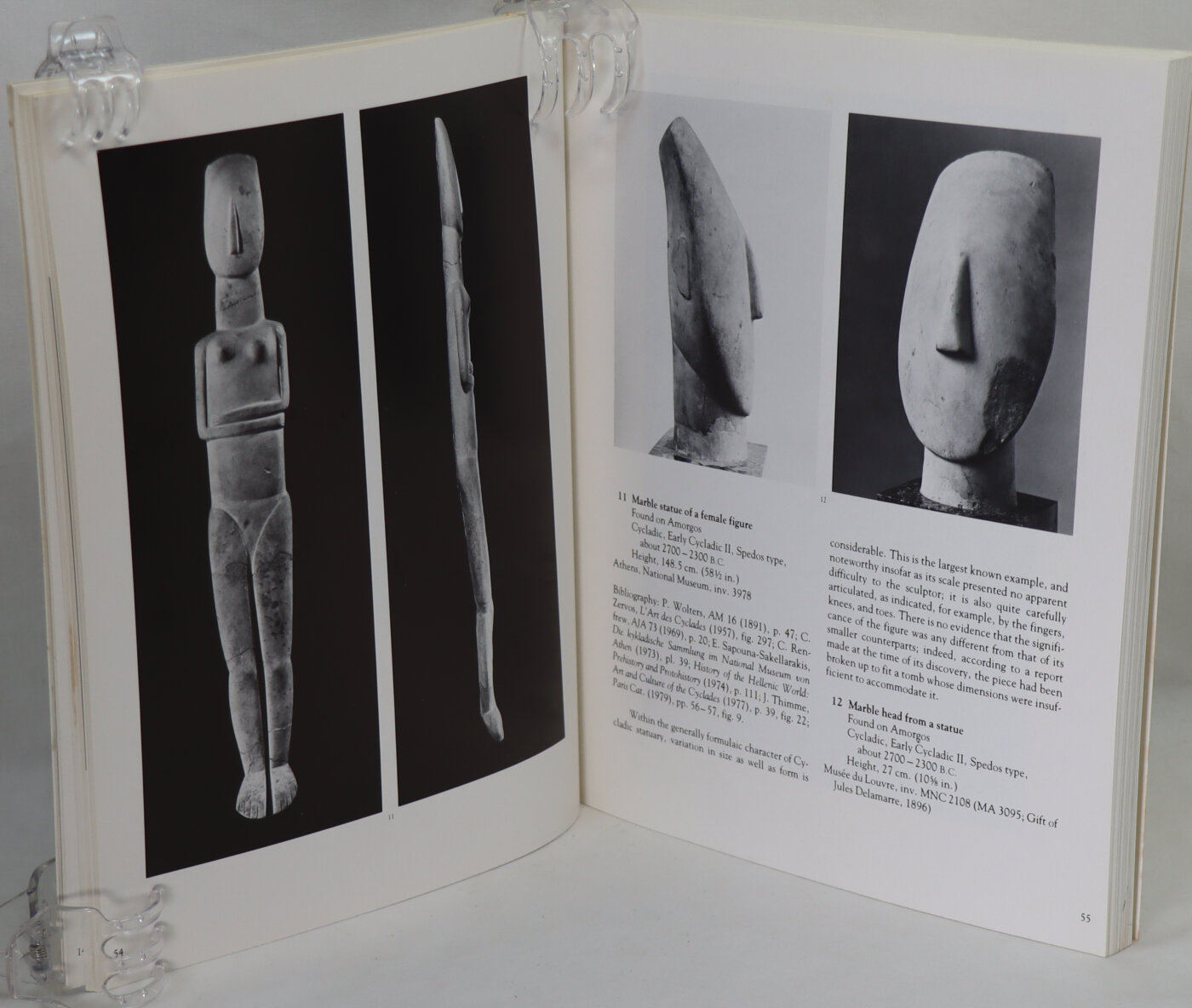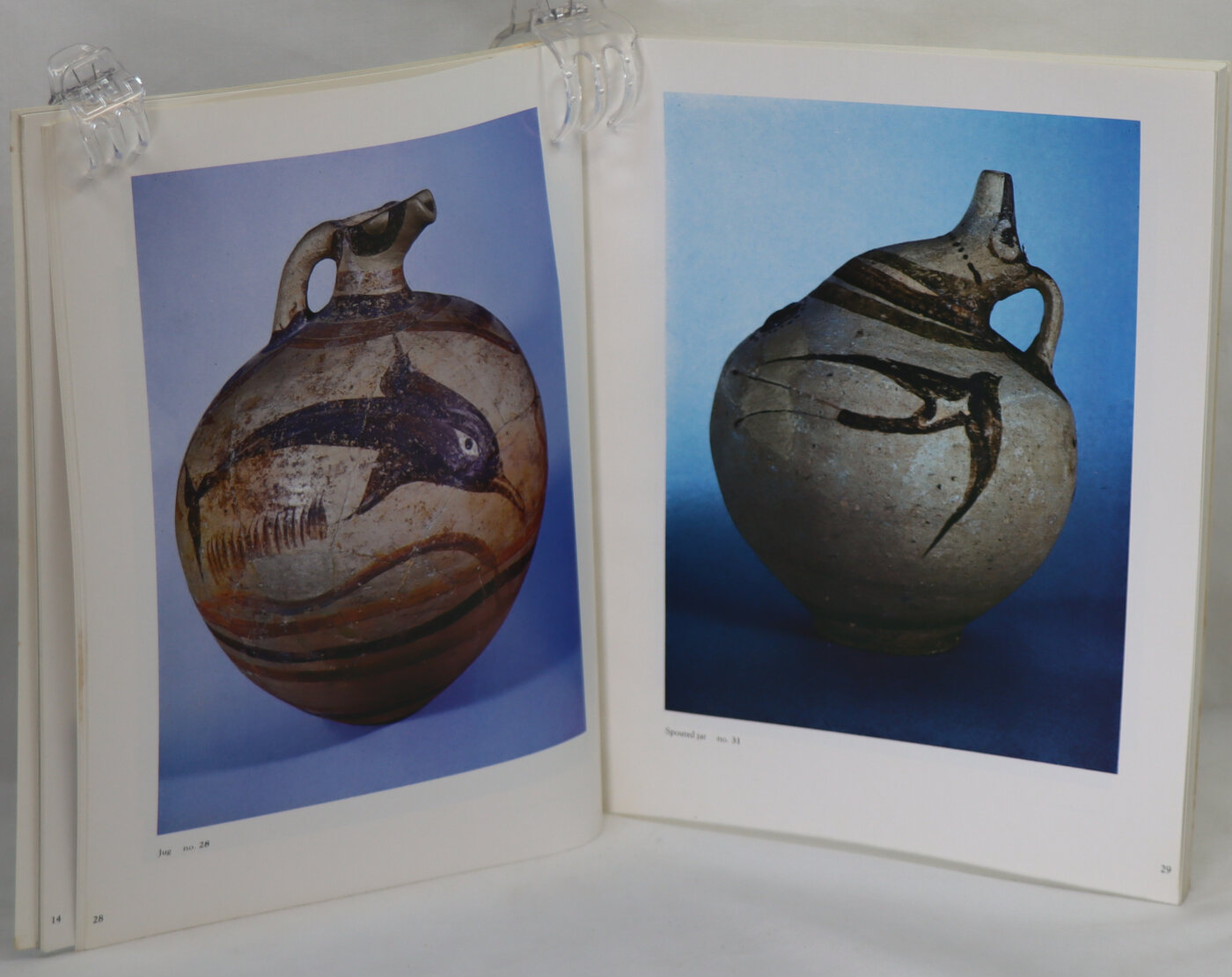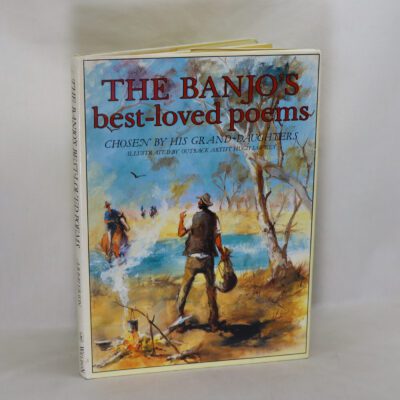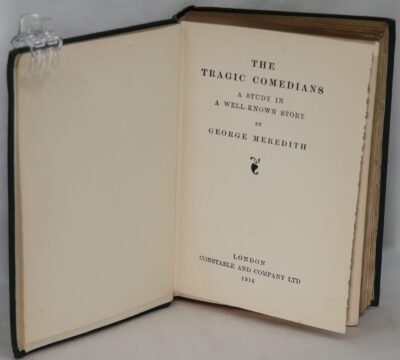Greek Art of the Aegean Islands.
ISBN: 9780870992162
Printed: 1979
Publisher: The Meropolitan Museum of Art. New York
| Dimensions | 22 × 26 × 2 cm |
|---|---|
| Language |
Language: English
Size (cminches): 22 x 26 x 2
Condition: Very good (See explanation of ratings)
Item information
Description
Paperback. Grey glossy board with title and bronze figure on the front board.
- We provide an in-depth photographic presentation of this item to stimulate your feeling and touch. More traditional book descriptions are immediately available
Note: This book carries a £5.00 discount to those that subscribe to the F.B.A. mailing list
First Edition. Very good paperback copy. Spine bands and panel edges are slightly dust-toned and rubbed as with age. Remains particularly well-preserved overall; tight, bright, clean and strong. Physical description: 238 p. : ill. (some col.) ; 27 cm. Notes: “Based on ‘Mer Égée: Grèce des îles’, the French catalogue of the exhibition that was held at the Louvre from April 26 to September 3, 1979.” Includes bibliographical references. Subject: Art, Greek – Aegean Islands (Greece and Turkey) – Exhibitions. Islands of the Aegean – Antiquities – Exhibitions. Archaeology. Sculpture, Greek / Classical. Other names: Metropolitan Museum of Art (New York, N.Y.). Other titles: Greek art of the Aegean Islands : an exhibition / sponsored by the Government of the Republic of Greece, complemented by a loan from the Musée du Louvre at the Metropolitan Museum of Art, November 1, 1979-February 10, 1980. Genre: Bibliography, Catalogue, Illustrated, text. 1 Kg.
Aegean art (2800–1100 BC) is art that was created in the lands surrounding, and the islands within, the Aegean Sea during the Bronze Age, that is, until the 11th century BC, before Ancient Greek art. Because it is mostly found in the territory of modern Greece, it is sometimes called Greek Bronze Age art, though it includes not just the art of the Mycenaean Greeks, but also that of the Cycladic and Minoan cultures, which converged over time.
Cycladic art is known for its simple figurines carved in white marble; Minoan art for its palace complexes with frescos, imagery of bulls and bull-leaping, and sophisticated pottery and jewellery; and Mycenaean art for its lavish metalwork in gold, imagery of combat and massively-constructed citadels and tombs. These are very different arts, reflecting very different cultures. For this reason, many art historians consider the term “Aegean art” inappropriate, as it reflects mere geographic proximity and not cultural or artistic unity. Others point to the many communalities, especially following the “process of Minoanization from c. 1700 upwards” over the other parts of the region, and the difficulty at several times and places in deciding whether excavated objects were imported or made locally.
In the Bronze Age, about 2800–1100 BC, despite cultural interchange by way of trade with the contemporaneous civilizations of Egypt and Mesopotamia, the Aegean cultures developed their own highly distinctive styles. After the Greek Bronze Age civilizations collapsed, the early part of the Greek Dark Ages saw minimal artistic production until the Protogeometric style in pottery emerged about 1050 BC, which is taken as the first phase of “Ancient Greek art”. This traditional disjunction was to some extent a result of the uncertainty as to whether the Mycenaean Linear B script recorded a form of Greek or not. This was settled when the script was decoded in the 1950s, confirming it was Greek. The Minoan Linear A is clearly not Greek, however.
The elegant art of the Aegean daidala figurines has recently been used at the 2004 Summer Olympics, held at Athens; specifically, during the opening ceremony and as the original idea behind the games mascots: Athina and Fivos. This type of figurines are furthermore particularly intriguing, because of the high resemblance they have with modern sculptures (e.g. Henry Moore’s works).
Want to know more about this item?
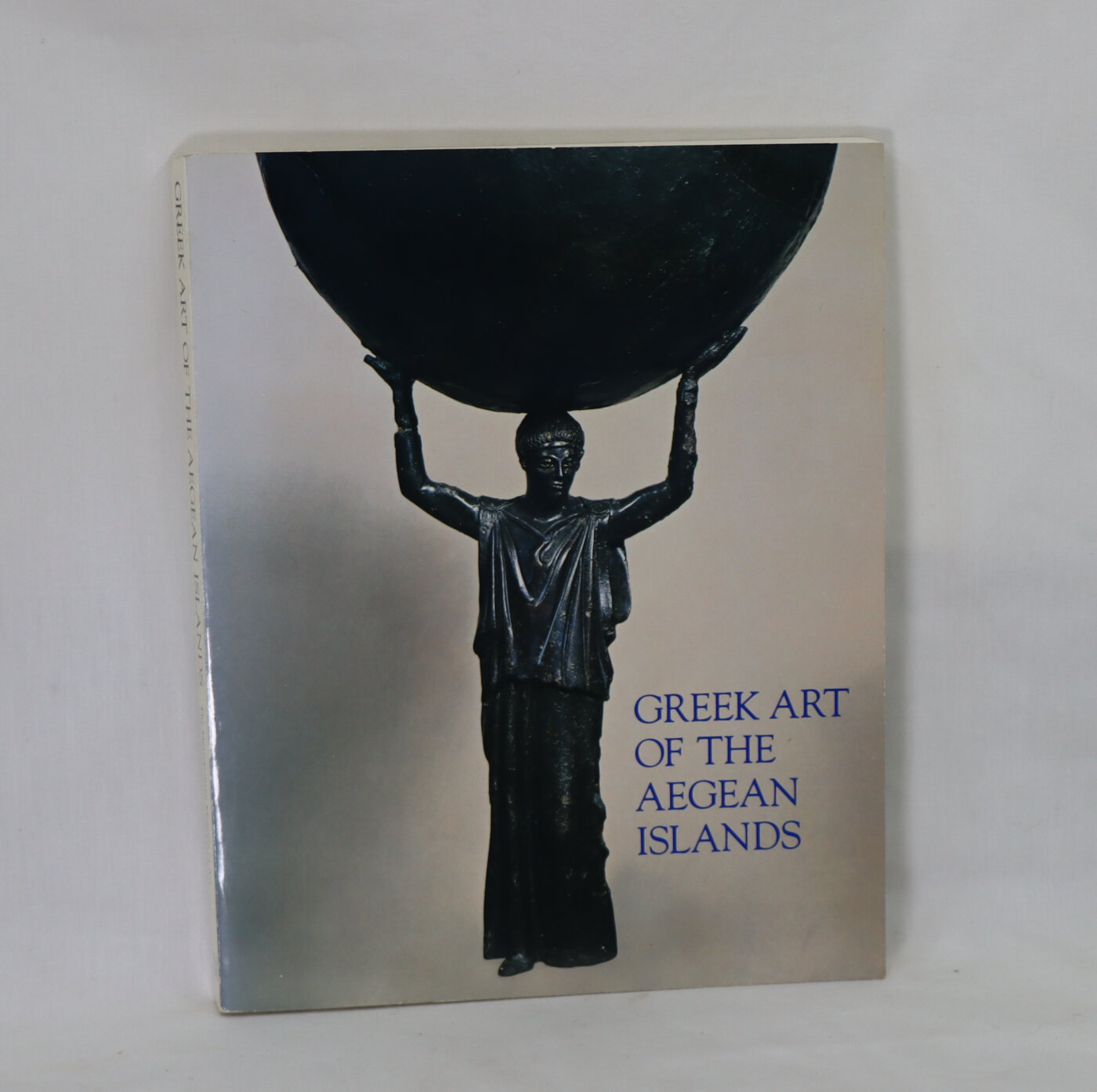
Share this Page with a friend

